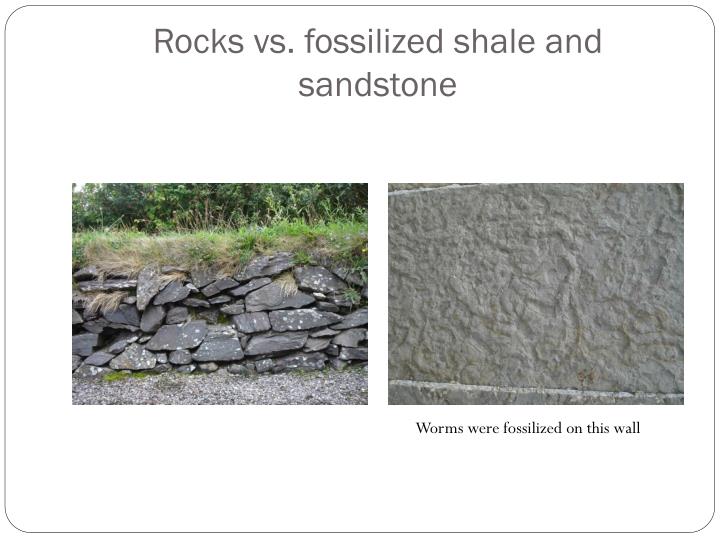


In essence, computational thinking is a set of tools or strategies for solving complex problems that relates to mathematical thinking in its use of abstraction, decomposition, measurement and modeling. The “characteristics” listed in the ISTE/CSTA definition provide good examples of computational thinking. What Kinds of Thinking Are Computational? The ability to communicate and work with others to achieve a common goal or solution”.The ability to deal with open-ended problems.Persistence in working with difficult problems.These skills are supported and enhanced by a number of dispositions or attitudes that are essential dimensions of CT they include the following: Generalizing and transferring this problem-solving process to a wide variety of problems.Identifying, analyzing, and implementing possible solutions with the goal of achieving the most efficient and effective combination of steps and resources.

Thinking rock vs omnifocus series#
Automating solutions through algorithmic thinking (a series of ordered steps).Representing data through abstractions such as models and simulations.Logically organizing and analyzing data.Formulating problems in a way that enables us to use a computer and other tools to help solve them.“Computational thinking (CT) is a problem-solving process that includes (but is not limited to) the following characteristics: The International Society for Technology in Education (ISTE) and the Computer Science Teachers Association developed an “operational definition” of computational thinking that describes it as a problem-solving process that includes a number of common characteristics and dispositions. The solution can be carried out by a human or machine, or more generally, by combinations of humans and machines.” She says, “Informally, computational thinking describes the mental activity in formulating a problem to admit a computational solution. Jeannette Wing, also of Columbia University, brought the idea of computational thinking to prominence in a paper she wrote in 2006.Al Aho of the Columbia University Computer Science Department describes computational thinking as “the thought processes involved in formulating problems so their solutions can be represented as computational steps and algorithms.”.Algorithms – developing a step-by-step solution to the problem, or the rules to follow to solve the problem”.Abstraction – focusing on the important information only, ignoring irrelevant detail.Pattern recognition – looking for similarities among and within problems.Decomposition – breaking down a complex problem or system into smaller, more manageable parts.There are four key techniques (cornerstones) to computational thinking : We can then present these solutions in a way that a computer, a human, or both, can understand. Computational thinking allows us to do this…(it) allows us to take a complex problem, understand what the problem is and develop possible solutions. However, before a problem can be tackled, the problem itself and the ways in which it could be solved need to be understood. “Computers can be used to help us solve problems. The BBC Bitesize offers this concise and simple definition: There is no single agreed-upon definition of “Computational Thinking,” but in essence it involves the use of specific strategies and tools to solve complex problems. It’s an Ordered Way of Thinking That Enables Users to Solve Complex Problems


 0 kommentar(er)
0 kommentar(er)
